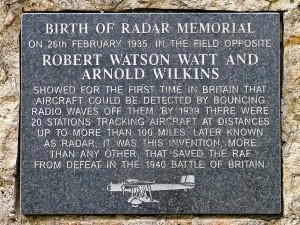AT&T Incorporated
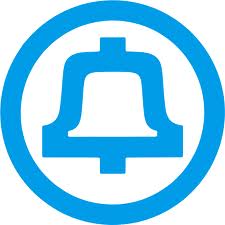
The American Telephone and Telegraph Company is incorporated in New York State as the subsidiary of American Bell Telephone. Eventually the companies would “merge” and thus AT&T was born.
CompUSA Restructures

A major player during the early ages of the the computer retail sales market in the late 80’s and 90’s with nearly 230 stores at its height, CompUSA announces that it will close 126 retail stores by June and restructure its remaining 103 stores. Eventually those 103 stores also close. A victim of competition from online sales and more agile big box stores, CompUSA was eventually purchased by Systemax which merged CompUSA into its Tiger Direct online brand. Today the CompUSA brand still exists as an e-commerce site.
V.92 Introduced
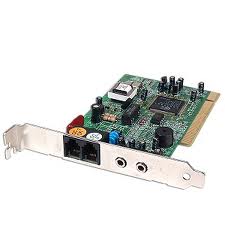
US Robotics introduces the V.92 modem standard. Given that broadband Internet had begun to take significant hold and that supporting V.92 required ISPs to upgrade their infrastructure, V.92 never really made much of an impact in the marketplace.
Apple Discontinues the Newton
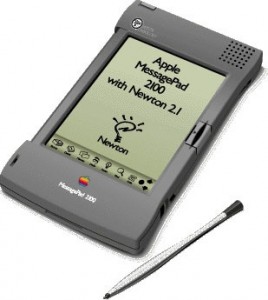
Apple Computer announces that it will discontinue development of the five year-old Newton Operating System and all of its Newton OS-based products, including the MessagePad series and EMate 300. Apple will focus on developing the Macintosh, which is once again left as Apple’s only computing platform … at least until the iPod, iPhone, and iPad come along.
The First Web Browser Introduced
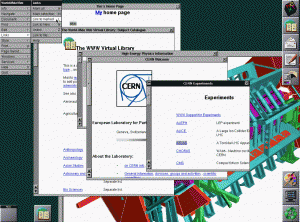
Tim Berners-Lee, the creator of the World Wide Web, introduces WorldWideWeb, the first web browser and WYSIWYG HTML editor. This software was later renamed Nexus to remove confusion from the World Wide Web itself.
First Saturn 1B Rocket Launch
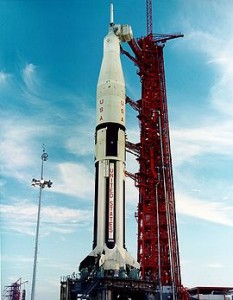
The first Saturn 1B rocket is launched from Cape Canaveral. The Saturn 1B was primarily used for testing the Apollo spacecraft while the larger Saturn V rocket that was necessary for travel to the Moon was being developed. Later, after completion of the Moon landing program, The Saturn 1B was used for manned Skylab flights and the Apollo-Soyuz Test Project. In total, the Saturn 1B was launched 9 times with no failures.
RADAR Demonstrated for First Time
Scottish physicist Robert Watson-Watt, considered by many to be the inventor of RADAR (RAdio Detection And Ranging), first demonstrates its feasibility. Watson-Watt had been experimenting using radio waves to locate thunderstorms and thought of the idea of using it to detect aircraft. The use of RADAR is widely considered one of the key factors for the Allied victory in World War II. The research that went into further improving RADAR branched off into many areas including the invention of the transistor, which of course, allowed the development of many modern computerized technologies.
Apple Sells 10 Billionth Song
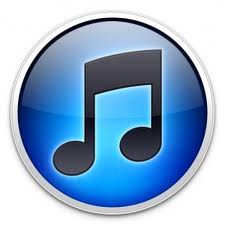
Apple announces that its has sold its ten billionth song through its iTunes Store. The ten billionth song, “Guess Things Happen That Way” by Johnny Cash, was purchased by Louie Sulcer of Woodstock, Georgia, whom Apple awarded a US$10,000 iTunes Gift Card. It took Apple over five years to sell its first five billion songs but only a year and a half to sell its second five billion songs.
First Check Photographing Device Patented
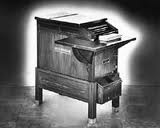
The first bank check photographing device patent is issued in the US to its inventor, George McCarthy, who called it the Checkograph. The machine photographed checks onto 16mm motion picture film using a conveyor belt. The Kodak company bought this invention in 1928 and marketed it under its Recordak division.
Electric Motor Patented
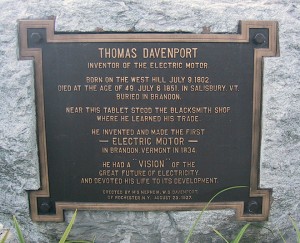
With his wife Emily, and a colleague Orange Smalley, Thomas Davenport received the first American patent on an electric motor in 1837, U. S. Patent No. 132.

